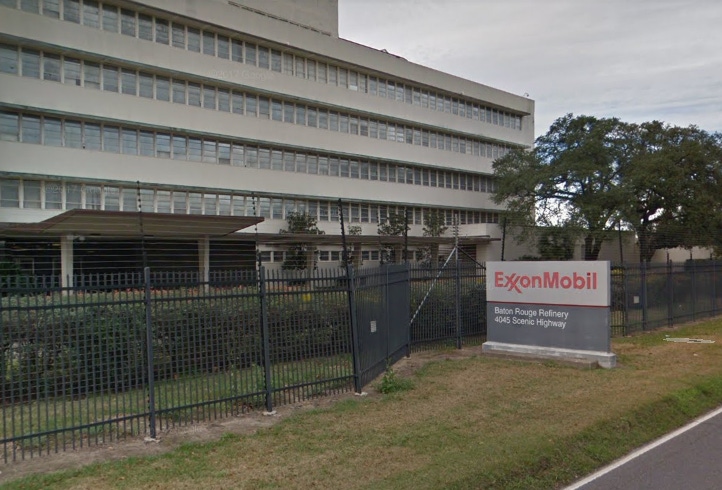CSB Issues Final Report on 2016 ExxonMobil Refinery Fire
September 18, 2017

The U.S. Chemical Safety Board issued a safety bulletin on a fire at the ExxonMobil refinery in Baton Rouge, LA on Nov. 22, 2016 that said the company failed to ensure that written procedures and training were provided prior to the incident.
Released at a public business meeting in Washington D.C. on Monday, the agency said the fire started as workers performed maintenance work and mistakenly removed bolts from pressure-containing equipment. When workers opened a plug valve, the valve failed and released hydrocarbons, creating a vapor that caught on fire. Four workers were injured.
“Our investigations found that these accepted practices were conducted without appropriate safety hazard analysis, needlessly injuring these workers. It is important to remember that good safety practices are good maintenance practices and good business practices,” a statement by CSB chairperson Vanessa Allen Sutherland said.
The CSB said the firm could have prevented the accident by replacing older valves with a safer valve design. ExxonMobile had replaced 97% of the valves in the area of the plant impacted by the fire prior to the incident.
“Our investigation also revealed a culture at the refinery that was accepting of operators performing maintenance on malfunctioning plug valve gearboxes without written procedures or adequate training, which in this instance, resulted in a hazardous event,” CSB investigator Mark Wingard said in an agency press release.
For more articles, news, and equipment reviews, visit our Equipment Zones
Agency investigators released three “Key Lessons” on the incident:
1. Evaluate human factors – interactions among humans and other elements of a system – associated with operational difficulties that exist at a facility in relation to machinery and other equipment, especially when the equipment is part of a process covered by the Occupational Safety and Health Administration’s Process Safety Management (PSM) standard. Apply the hierarchy of controls to mitigate the identified hazards.
2. Establish detailed and accurate procedures for workers performing potentially hazardous work, including job tasks such as removing an inoperable gearbox.
3. Provide training to ensure workers can perform all anticipated job tasks safely. This training should include a focus on processes and equipment to improve hazard awareness and help prevent chemical incidents.
To view the CSB’s full safety bulletin on the ExxonMobil incident, click here.
You May Also Like


